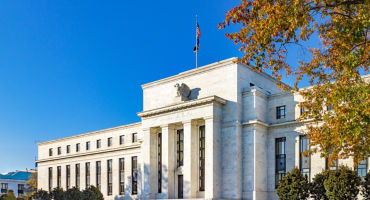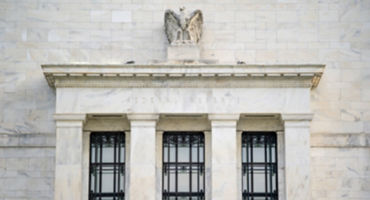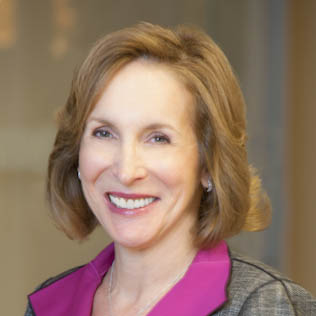The Federal Open Market Committee (FOMC) raised the target federal funds rate by 75 basis points (bps), to a range of 2.25% to 2.50%, at its July 2022 meeting. The FOMC made no change to its plans regarding the ongoing reduction of its balance sheet, which began in June.
The rate increase, which was largely priced into markets, occurred as US inflation rose and the labor market remained strong. In recent weeks, however, manufacturing data has signaled slowing US economic growth. In addition, the US Treasury (UST) yield curve has inverted, meaning that the yield on shorter-dated UST debt now exceeds the yield on longer-dated UST debt — which, historically, has often portended recession.




















